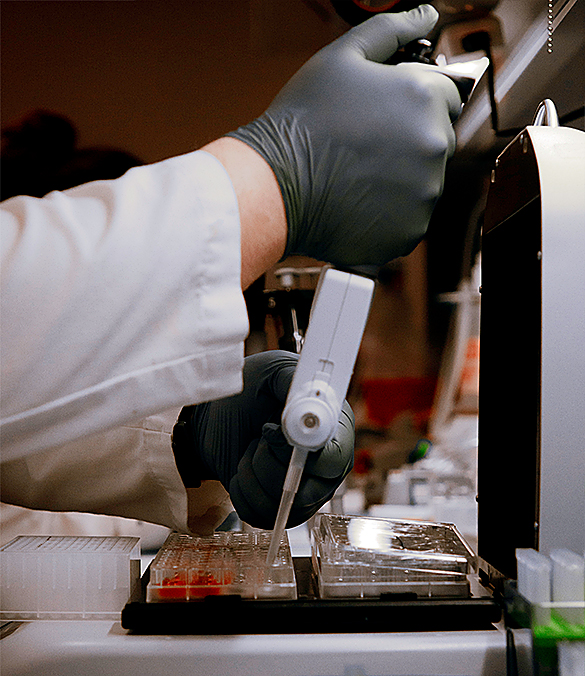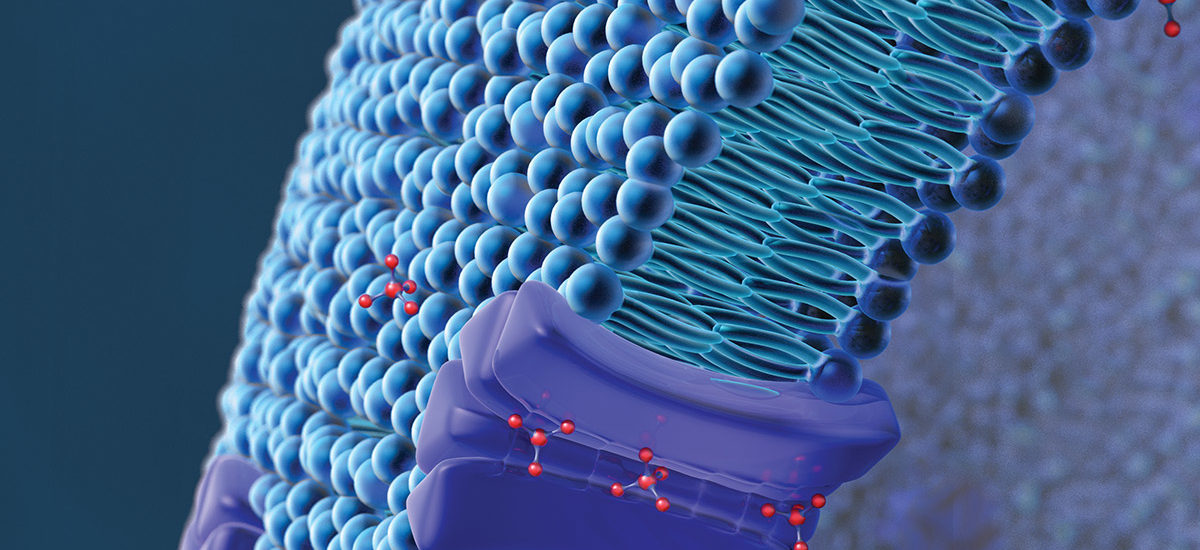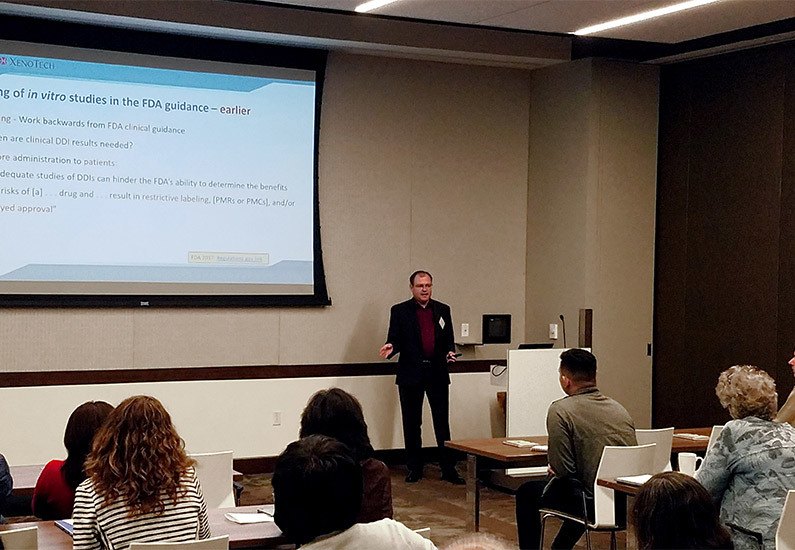
ABC (Efflux) Transporter Assay
You can now request quotes for our research services on BioIVT.com!
Whether you need a single assay or a complete ADME program, BioIVT’s experts will help design and implement the appropriate studies for your drug and research objectives. View BioIVT’s comprehensive portfolio of ADME research services.
ABC (ATP Binding Cassette) transporters are important proteins involved in the absorption, distribution, and excretion (ADME) of a drug and can have altered function by introduction of inhibitory (perpetrator) or substrate (victim) compounds. Uptake and efflux transporter assays evaluate substrate potential and transporter inhibition potential. These studies are recommended by FDA and other regulatory agencies worldwide to evaluate risk of a drug candidate to potentiate drug-drug interactions (DDI) with concomitant drugs.
P-gp, BCRP, and Other Clinically Relevant ABC (Efflux) Transporter Studies
ABC (efflux) transporters, including P-glycoprotein (P-gp), MRP2, and BCRP play major roles in hepatobiliary and urinary excretion, intestinal absorption, and blood-brain barrier (BBB) penetration of drugs. P-gp (MDR1/ABCB1), BCRP (ABCG2) and BSEP (sPgp/ABCB11) are members of the ATP-binding cassette superfamily, expressed in the luminal membrane of enterocytes, endothelial cells in the brain, brush border membrane of renal proximal tubules, and canalicular membrane of hepatocytes where they limit the intestinal absorption, blood-brain barrier penetration and facilitate excretion into the bile and urine. BSEP is mainly expressed in the canalicular membrane of hepatocytes where it facilitates excretion into the bile.
The Food and Drug Administration (FDA) recommends investigation of a drug candidate with regard to substrate or inhibitory potential of P-gp and BCRP (In Vitro Drug Interactions Studies— Cytochrome P450 Enzyme- and Transporter-Mediated Drug Interactions: Final Guidance for Industry, FDA 2020), and the European Medicines Agency (EMA) recommends additional inclusion of BSEP when appropriate (“Guideline on the Investigation of Drug Interactions.” EMA 2013).
Efflux Transporter Substrate Potential and Transporter Inhibition Assay Design
To evaluate if a test compound is a substrate of P-gp or BCRP, the bidirectional permeability of the test compound across a monolayer of cells (MDCKII-MDR1 or MDCKII-BCRP) in a transwell plate is measured. Inhibition is evaluated by measuring the ability of the test compound to reduce the bidirectional permeability of a probe substrate across Caco-2 (P-gp) or MDCKII-BCRP cells. Accumulation of a test compound in BSEP expressing vesicles is measured to evaluate if the compound is a substrate of BSEP, and BSEP inhibition is evaluated by measuring the effect of the test compound on the accumulation of a probe substrate into vesicles.
Transwell Assay Design for Efflux Transporter Studies
Transwell Assays measure transport across efflux transporter-expressing (MDCKII) cells cultured on a transwell plate.
Vesicle Assay Design for Efflux Transporter Studies
Vesicle Assays use inside-out membrane vesicles prepared from insect cells transiently transfected with a single efflux transporter or from mammalian cells chemically selected for the expression of a transporter.

P-gp (p-glycoprotein)
P-gp (MDR1, Multidrug Resistance protein, P-gp, ABCB1) is involved in the transport and excretion of mainly hydrophobic drugs out of cells. Drugs are excreted by P-gp from cells to the lumen of the small intestine; therefore, it is an important factor in absorption and pharmacokinetics of many drugs. Typical substrates are digoxin and paclitaxel. P-gp is highly expressed in tumor cells, and may cause multidrug resistance of anticancer drugs. P-gp is expressed in the bile canaliculus of hepatocytes and in proximal tubules, and excretes compounds into the bile and urine. P-gp is also expressed in the blood brain barrier (BBB) and prevents many compounds from entering the brain.
BCRP
BCRP (MXR, ABCG2) is expressed in many tumor cells and, like many other transporters, it may cause multidrug resistance against anticancer drugs. BCRP is also expressed in the small intestine, liver and brain and is involved in the excretion of drugs. Typical substrates are mitoxantrone and statins. Some substrates are known to overlap with MDR1 or MRP1.
BSEP
The bile salt export pump (BSEP, sPgp, ABCB11) is expressed on the canalicular (apical) membrane of hepatocytes and effluxes compounds into the bile. Inhibition of BSEP can cause cholestasis.
MRP
MRP2 (cMOAT / ABCC2) is expressed in many tissues and transports relatively hydrophilic drugs. Drugs are excreted by MRP2 into bile from the liver and into the lumen of the small intestine or into urine from the kidney. MRP2 may cause multidrug resistance and drug-drug interactions along with MDR1 and BCRP. Typical substrates are cisplatin and indinavir.
Related Resources
For more information to guide your decision making on timing and individual transporters to assess, access our Drug Transporters Decision Tree, a poster comparing of regulatory expectations between FDA, EMA, and PMDA, or our collection of transporter-related scientific content. Additional features of our drug transport study design and a chart of known clinically relevant transporter DDIs can be found on our Drug Transport Services page.

